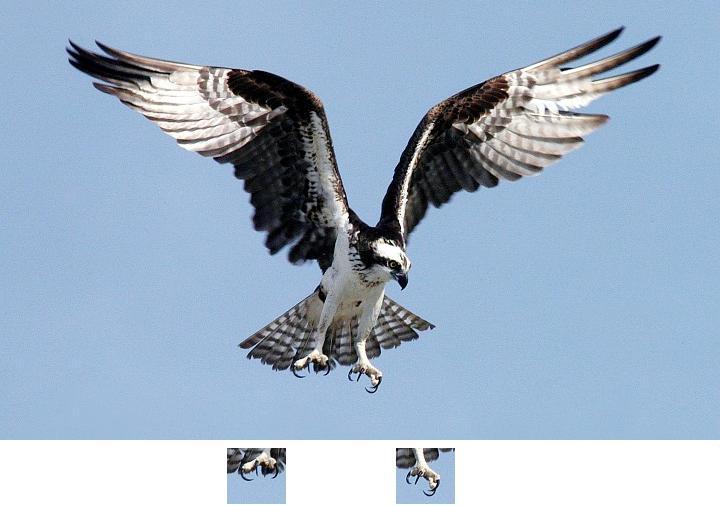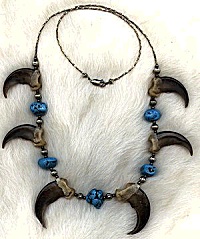(Singular nouns: Fr-griffe et serre, ; Ger-Klaue/Kralle und Talon, Huf ; Nor-klo og klo; Rus- коготб & талон )
A. Claws. Simulants -- "Realistic Wolf Claws ... made using casts from real claws using plastic resin and then hand painted." (© photo by Chichester, Inc., www.chichesterinc.com)

B. Talons. Osprey (Pandion haliaetus (Linnaeus, 1758)) with talons extended. Kennedy Space Center, Florida. (National Aeronautics and Space Administration photo Number KSC-04PD-1248)
